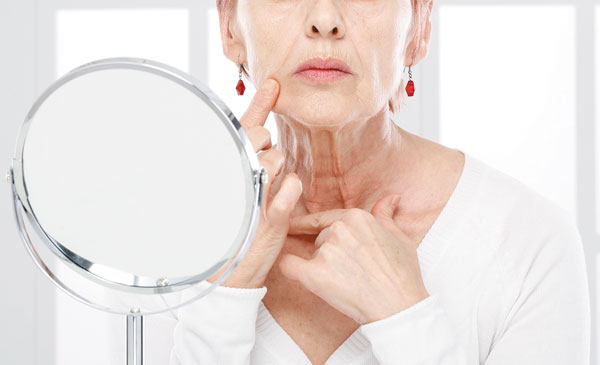Want to take years off your face? These treatments can rejuvenate your skin

An increasing array of nonsurgical products and procedures aim to reduce the effects of time and sun exposure. Image: studiokovac/Thinkstock A growing population of healthy, active older women who want to look as young as they feel has spurred the development of skin rejuvenation techniques that are more subtle and have much shorter recovery times than facelifts. "It's important to choose your treatments with care and to check and double-check the reputation and accreditation of clinicians performing invasive skin procedures," Dr. Arndt says. You may want to consult a dermatologist to weigh the possible risks and likely benefits of various treatments. Cosmetic procedures aren't covered by insurance, so cost might also be an important factor in choosing a skin rejuvenation procedure. The most common procedures The following are several often-used techniques to remove fine wrinkles, scars, uneven pigmentation, and other imperfections. Botox. Injecti
